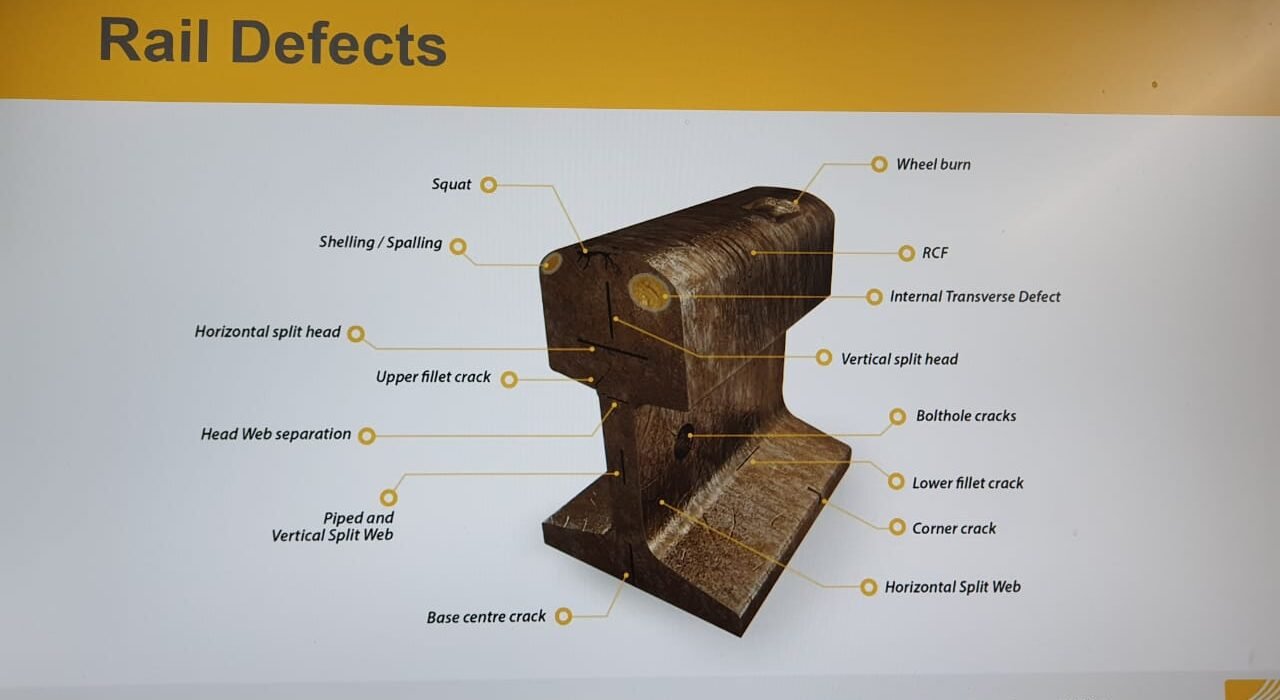There are many examples of chilling railway accidents in history. These accidents have killed many people and caused a huge amount of property damage. Rail accidents happen due to many reasons.
Gone are those days when manual signaling was the norm. These days, automatic signaling has replaced the system. However, other defects in rails or more specially to say, defects in rails are responsible for accidents, loss of lives and property damages.
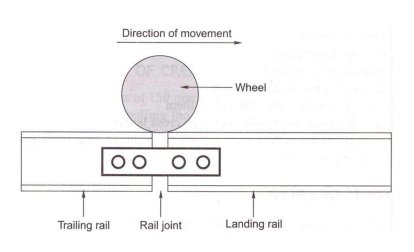

Railway Maintenance & Its Importance
Rail track maintenance is essential to identify and address any potential issues that could cause heinous accidents and claim hundreds of lives, let alone damage to government property. To avoid these incidents, it is important to do rail track maintenance properly and regularly.
Rail track maintenance involves thorough inspection, and repairing to ensure safe and smooth running of trains. It also prolongs rails’ service life. Wear and tear are indispensable but it is possible to slow them down for many years with proper care and maintenance.
Rails are subjected to different kinds of heavy stresses from high-speed long-haul trains, rail cars’ constant acceleration and braking in light rail traffic and last but not least, heavy freight traffic. Natural wear and tear add to the problem. These stresses manifest themselves in different types of rail defects.
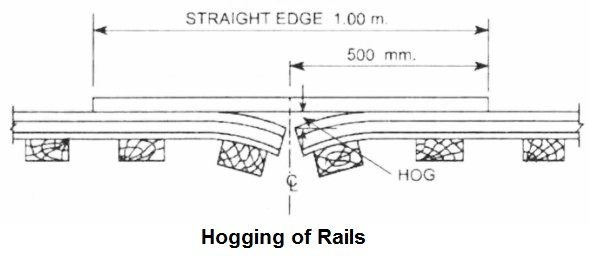
Defects in Rails: Understanding the Importance of Maintenance
Rail defects can be categorized under four heads – deformation, abrasion, mechanical errors and fatigue. The maintenance procedure involves milling or grinding. However, the choice depends on several factors including the nature of the defect and its severity.
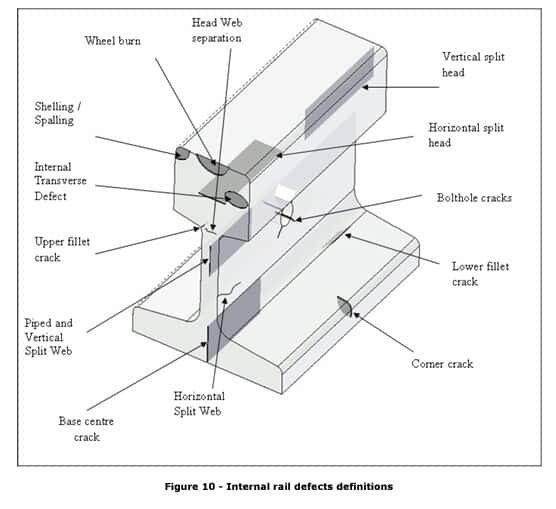

The amount of material that requires removal depends on the depth of the damage. The rail measurement must be done beforehand to accurately calculate the volume of material that should be removed at each point on the line.
Preventing maintenance should be carried out at regular intervals, including High Speed Grinding to maintain rails and address defects in their primary stages. Regular maintenance kills many birds with a single stone. It ensures safety and security for railway staff and passengers, reduces long-time rail track inspection and maintenance cost and prolongs rails’ service life.
With the advancement of technology, it is highly expected that future grinding machines will be equipped with high-end testing and measuring equipment to measure the exact conditions of the rail trucks while passing over them. The collected data forms the basics of the ground-breaking Smart Maintenance Concept that allows for quick, customized maintenance with the help of an app.
How to Maintain Railway Tracks?
Railway maintenance covers all the necessary measures required to preserve and re-establish railway tracks’ nominal condition as well as measures to determine and evaluate the conditions in a technical system.
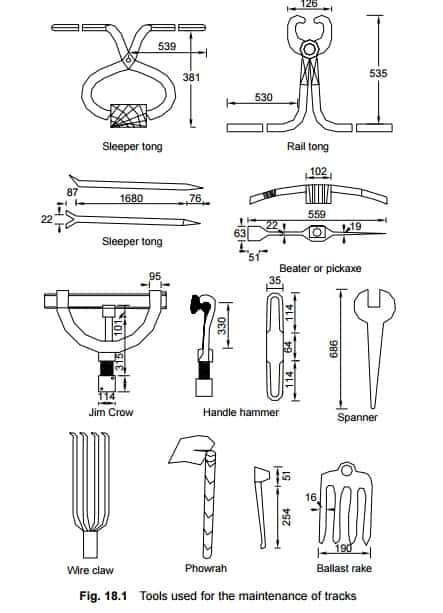

Here are some common types of railway track maintenance:
Rail Grinding: This involves grinding machines that travel along the track and carry grinding stones. These stones rotate or oscillate longitudinally, abrasing the rail surface in the process.
Rail grinding is done to correct rail corrugations, metal flow and fatigue as well as re-profile the rail.
Rail Replacement: This is performed to upgrade the rail tracks to a higher gauge or even to replace the same gauge rail if any wear, defects or derailment damages are found.
Sleeper replacement: It is not possible to correct all kinds of sleeper defects. In those cases, replacement is done instead of taking remedial actions. Defective sleepers can lead to rail losing the right gauge and it can lead to rolling stock derailments.
Tamping: This is done to address longitudinal profile, track alignment and cross level. A number of sleepers are simultaneously lifted to the right level. A vibrating tamping tines are inserted into the ballast.
Track stabilization: Track stabilizers use a vertical rod to vibrate the track in the lateral direction to ensure a controlled settlement. Compacting and tamping ballast underneath sleepers relieve the tracks’ lateral resistance. Track stabilization helps restore the tracks’ lateral resistance to the previous level.
Ballast Injection (Stone Blowing): Ballast injection, also called stone blowing, is done to make correction in longitudinal profile. The process uses additional stones on the existing ballast bed’s surface, while not disturbing the compact ballast bed.
Railway security is of paramount importance due to the nature of heavy stress it encounters day in and day out, besides natural wear and fatigue. Any lackadaisical approach can play havoc on the system and jeopardize people’s lives. Regular maintenance ensures that the rail tracks are fit and fine to withstand the stress.



